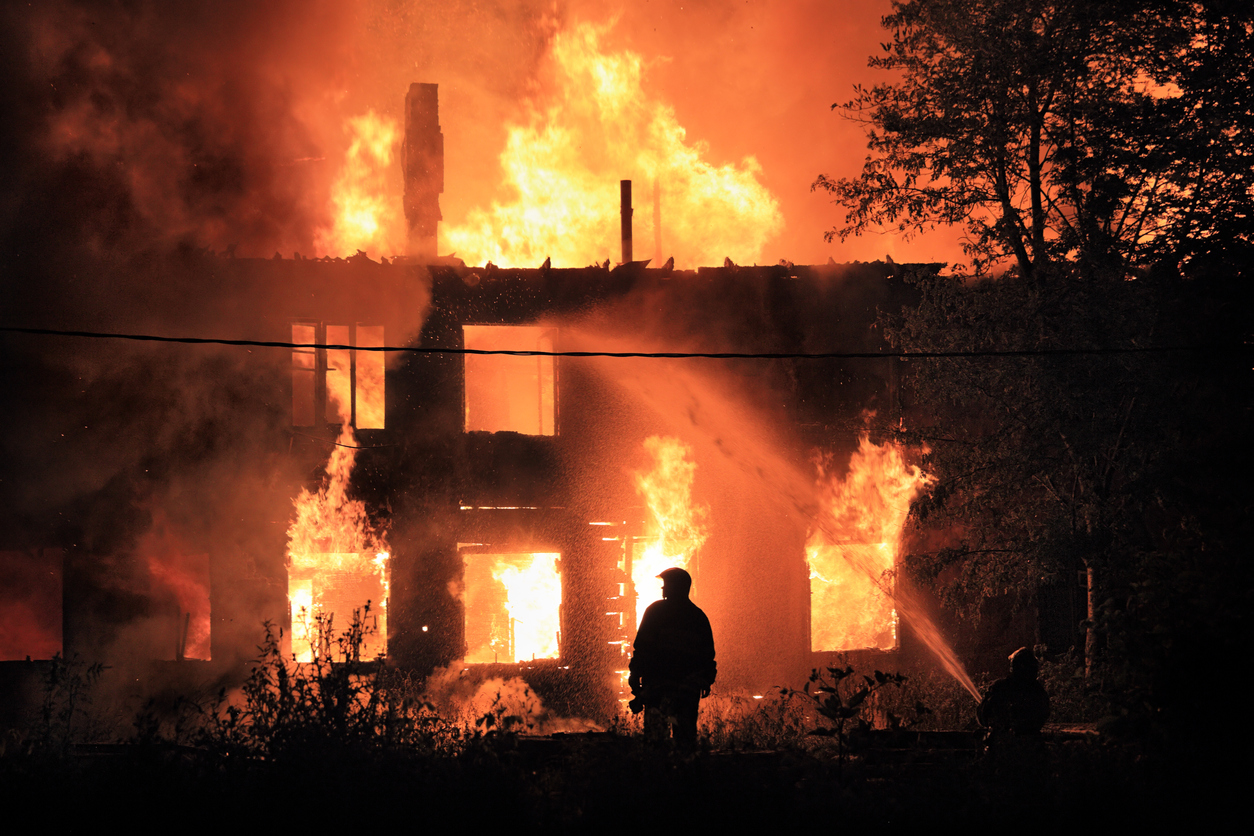The California Department of Forestry and Fire Protection said on Wednesday it had determined that a PG&E electric-transmission line near the town of Pulga, Calif., ignited last year’s Camp Fire, which spread quickly across dry vegetation in the forested foothills of the Sierra Nevada, killing 85 people and destroying the town of Paradise.
State fire investigators also said they identified a second point of ignition where vegetation blew into the company’s electric-distribution lines, starting another fire that was consumed by the first one. Cal Fire sent its investigative report to the Butte County District Attorney’s office, which will determine whether the company will face criminal charges.
The findings—which end months of speculation about the utility’s role in the massive wildfire—raise the likelihood that PG&E could face billions of dollars in liability costs related to its role in the November fire.
PG&E sought bankruptcy protection in January in anticipation of more than $30 billion in potential liability costs. It said earlier this year that its equipment was probably the cause of the Camp Fire. State fire investigators previously determined that the company’s equipment contributed to sparking 18 blazes that together killed 22 people in 2017.
PG&E didn’t immediately respond to a request for comment on the investigators’ findings.
At a legislative hearing in Sacramento on Wednesday shortly after investigators’ announcement, PG&E Chief Executive Bill Johnson reiterated that the company was likely responsible for the Camp Fire.
“It is a disappointment that this happened. Let’s not do it again,” Mr. Johnson said.
The Camp Fire began on the morning of Nov. 8, 2018, when a wire snapped free of the company’s Caribou-Palermo transmission line. A PG&E worker soon spotted a quarter-acre fire beneath it, the company has disclosed.
A Wall Street Journal investigation found that the company repeatedly delayed maintenance work on the line, a project PG&E had estimated before the fire would cost $30.3 million. The company shut down the line earlier this year after discovering safety problems and has said it might consider decommissioning it following a closer inspection.
PG&E is working to overhaul its safety practices in the wake of the fires by accelerating inspections of transmission and distribution equipment and building out a network of weather stations and cameras to monitor wildfire risk across its system. It recently appointed a new board of directors and hired Mr. Johnson, former head of the Tennessee Valley Authority, as its new chief executive to replace Geisha Williams, who stepped down in January.
Still, the company has faced sharp criticism from state lawmakers and regulators about its commitment to safety.
California Gov. Gavin Newsom on Wednesday asked a bankruptcy-court judge to cap the amount of time PG&E has to file a restructuring plan, arguing that the company has so far failed to undertake “fundamental management and cultural reforms to prioritize safety and reliable service.”
“Despite repeated assurances from PG&E’s management, PG&E has not demonstrated that it understands the gravity and urgency of the situation,” lawyers for Mr. Newsom said in the filing.
In a statement Wednesday, a PG&E spokesman said the company appreciates the governor’s perspective and shares his desire to resolve its bankruptcy quickly. PG&E “is asking for additional time to increase our chances of formulating and negotiating a plan of reorganization that is feasible and agreeable to stakeholders,” he said.
PG&E has struggled to contain the threat of wildfire within its 70,000-square-mile service territory, which is filled with millions of dead trees following a lengthy drought exacerbated by climate change. The risk is highest in the summer and fall, when hot, strong winds threaten to dislodge power lines that can ignite dry brush.
With wildfire season fast approaching, PG&E has said it would take extreme measures to prevent more fires this year. It plans to proactively shut off power in fire-prone parts of its service area, which are home to 5.4 million people.
The plan has elicited criticism from communities that fear the shut-offs would burden local officials and emergency responders, cost businesses money and endanger those who rely on electricity for medical needs.
Mike Danko, a California trial lawyer who represents victims of the 2017 and 2018 wildfires, said he believes PG&E could face more than $30 billion in liability costs, particularly if it is found criminally liable for the November fire.
“We’re leading the charge, and this confirms what we already knew,” he said, referring to investigators’ conclusions.













